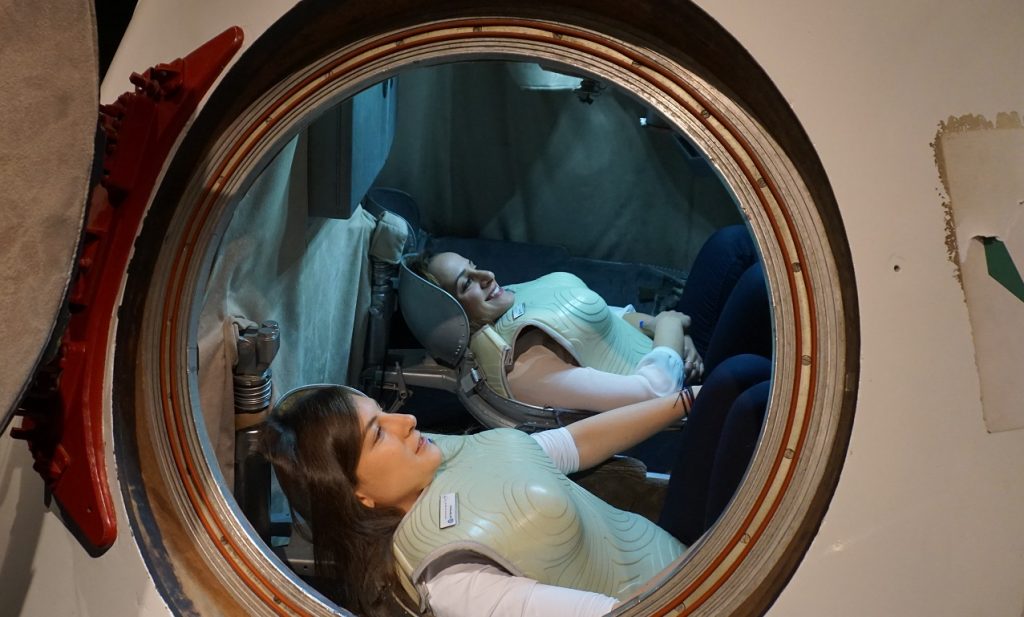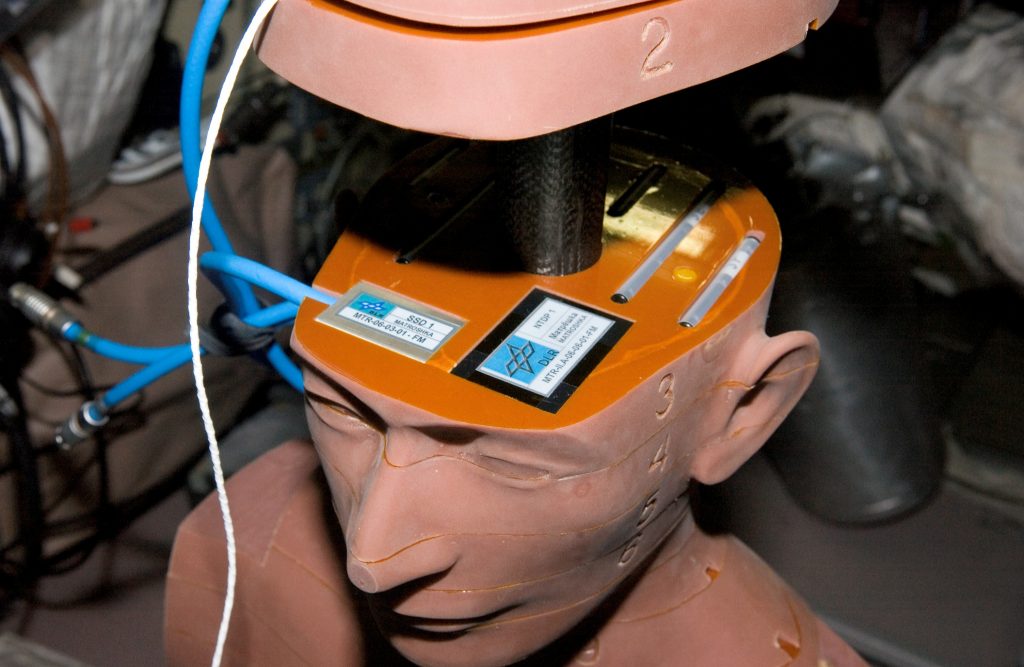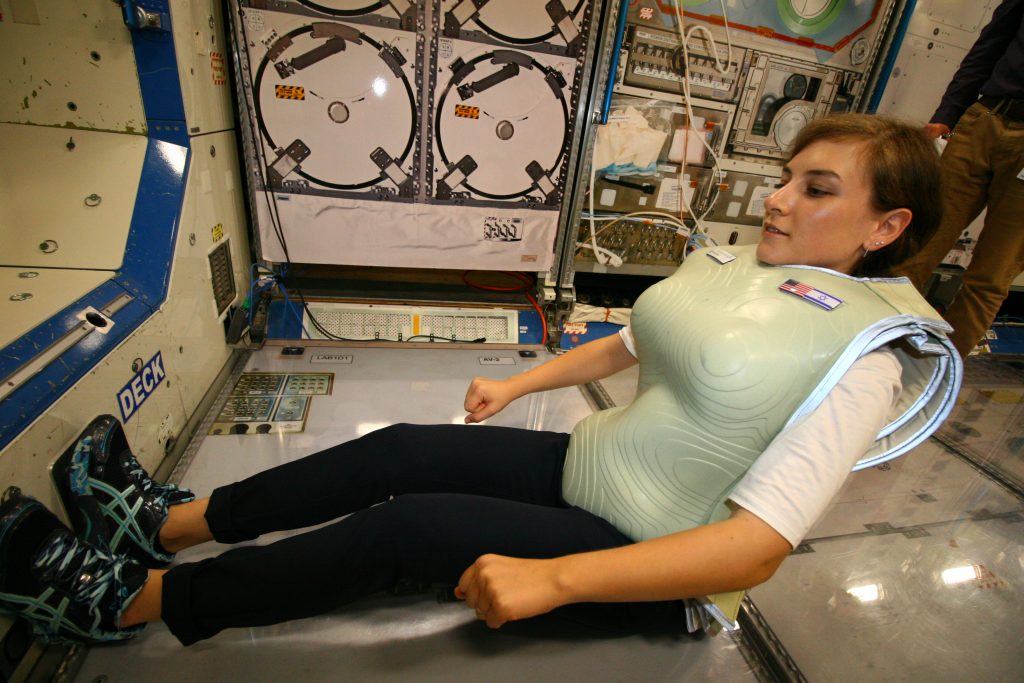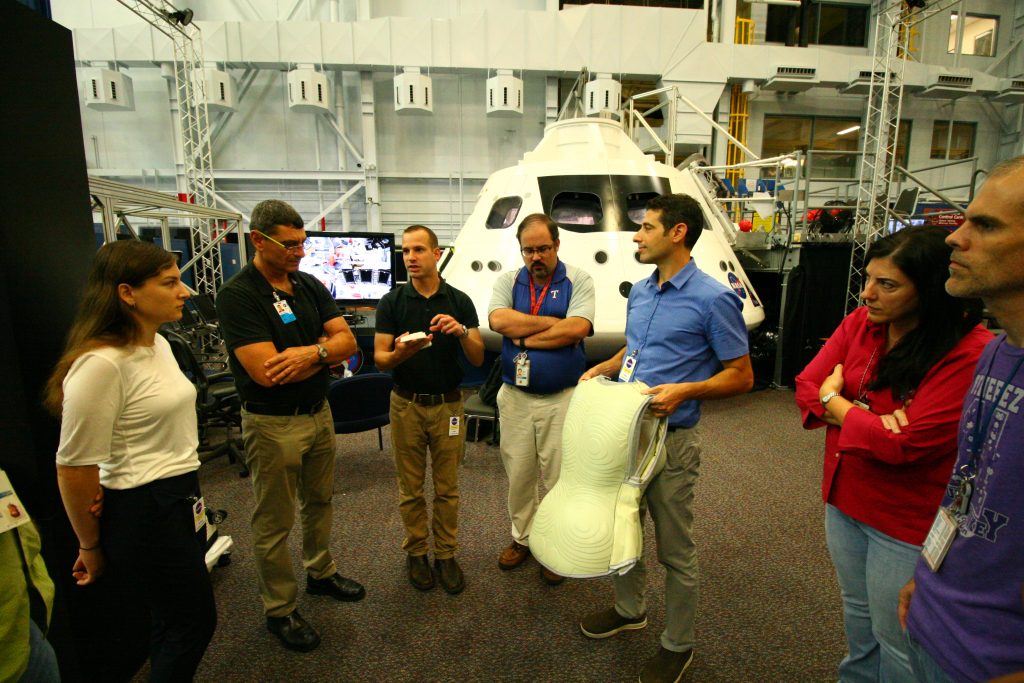Israel’s Space Agency (ISA) and NASA (National Aeronautics and Space Administration) announced on Tuesday that they were joining forces to protect astronauts in space from radiation exposure, tapping into technology developed by Israeli company StemRad for a radiation protection vest it created, the AstroRad, set to be tested in deep space.
NASA is set to launch the AstroRad into space as part of the last test flight of its Orion spacecraft, with dummies on deck, before manned missions begin. The launch is planned for 2020 and the spacecraft will spend about three weeks in space, including in retrograde orbit around the moon. The trial will involve testing the new protective suit against cosmic gamma rays as part of a feasability study for any future mission to Mars.
The dummies will be provided by the German Aerospace Center (DLR), with whom the Israel Space Agency signed an agreement last year for collaboration in the examination of deep space radiation effects and its absorption in the human body towards understanding the benefits provided by AstroRad. The dummies will be fitted with thousands of radiation sensors, one of which will wear the AstroRad suit and another which will not.
After the Orion returns to Earth about a month later, scientists will be able to study the effects of the radiation and its absorption on the dummies and make a comparative analysis, after which the StemRad team will be able to make adjustments accordingly.
Israeli Minister of Science Ofir Akunis said in a statement accompanying the announcement, “Israeli technology in space exploration is known throughout the world as innovative, resulting from ‘out of the box’ thinking. We are proud to facilitate this technology and enable it to be part of one of humanity’s most exciting experiments in the coming years.”
SEE ALSO: Suiting Up For Mars: Israeli-designed Cosmic Ray Vest Approved For Mars Trial
The AstroRad suit protects mainly bone marrow, the lungs, chest, stomach, colon, and the ovaries among women, organs which are particularly sensitive to the formation of malignant tumors as a result of exposure to radiation. The suit itself is made out of hydrogen-rich materials and worn like a vest.
“As women are particularly vulnerable to space radiation, the first step is an adapted suit for women,” read a statement by the Israeli Ministry of Science and Technology.
AstroRad was developed following the success of StemRad’s first product, a belt that protects the pelvis, ensuring the survival of critical bone marrow stem cells, used by first responders, military personnel and civilians who face nuclear disasters and radiological threats.
Sign up for our free weekly newsletter
SubscribeLate last year, StemRad raised $6 million in a funding round to increase sales and research into creating “a revolutionary lightweight protection vest for interventional radiologists in hospitals and medical clinics worldwide that would address ergonomic problems caused by current X-Ray aprons,” the company said in a statement.
For AstroRad, StemRad collaborated with Lockheed Martin to adapt its technology for space use.
The Israel Space Agency also announced that it will “soon sign an agreement with Lockheed Martin Space Systems Company to launch the vest to the International Space Station (ISS) at the beginning of 2019,” in which astronauts “will wear the vest during their daily routine at the station for the purpose of ergonomic evaluation.”
This evaluation, said the ministry, “together with radiation protection data obtained from the AstroRad experiment on Orion EM-1 will provide NASA with all the necessary information for assessing the AstroRad as essential personal protective equipment for future manned deep space missions such as Orion EM-2 and any future missions to Mars.”
SEE ALSO: Missions To ‘Mars’ And The Moon: Israel’s Space Sector Is Reaching For The Stars
The agreement between NASA and the Israel Space Agency was signed during the 34th Space Symposium in Colorado by ISA director-general Avi Blassberger and NASA director Robert Lightfoot.
StemRad was founded Dr. Oren Milstein following the nuclear disaster in Fukushima, Japan in 2011. He and his team developed the pelvic area belt, now used widely by first responders. It comes in all sizes, is 100 percent fire-resistant, and has specialized features such as reflector strips and ballistic resistance.
Related posts

Editors’ & Readers’ Choice: 10 Favorite NoCamels Articles

Forward Facing: What Does The Future Hold For Israeli High-Tech?

Impact Innovation: Israeli Startups That Could Shape Our Future







Facebook comments